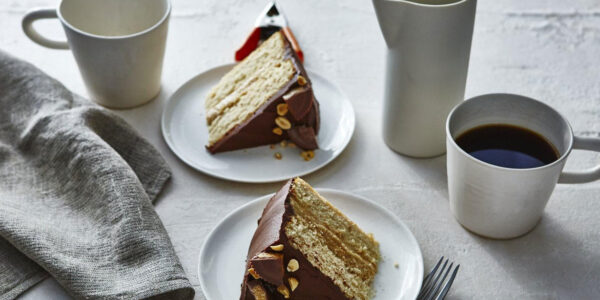Pattern play
There’s a secret to adding character to your home, no matter its age or style: pattern—lots of it. L.A. designer Amber Lewis regularly combines ethnic textiles—as many as a dozen at a time—for rooms that look effortlessly pulled together. “A lot of ethnic prints reflect items in nature; paisley looks like a leaf, a suzani is a take on floral,” she says. “The shapes are organic, so nothing seems forced.” Look at these three SoCal bedrooms designed by Lewis to learn how to mix and (not) match fabrics from around the world in your own home.
It’s all about color
When it comes to getting the right combo, “color plays more of a factor than the pattern itself,” Lewis says. “You can mix pattern on pattern on pattern, and if the tones match, it will look fine.” Lewis’s method is easy to do at home: Put all the fabrics and pillows you’re considering in a pile and take in the look as a whole. Pull out anything that appears off or doesn’t have complementary tones.
Keep a neutral base
White wainscoting. Walls the color of latte foam. A jute rug. The quiet foundation in this bedroom creates breathing room for a multitude of prints. “A basic space lets you build on top of what’s there and not feel like you have to work in pattern confinement,” says Lewis. Italian Campaign Canopy Bed: anthropologie.com. Drapes, Kashmir Paisley in Lilac: peterdunhamtextiles.com.
Limit hues in tiny rooms
Though it’s not a strict rule, small rooms with a lot of pattern tend to be louder, Lewis says. To mitigate that effect in the bedroom pictured here, she limited the textiles to purple and navy so they don’t overwhelm the space. Wall color, Hague Blue 30: us.farrow-ball.com. Custom headboard: shoppe.amberinteriordesign.com. Princeton Sophomore sconce (similar to shown): schoolhouseelectric.com.
Make a statement
For an upholstered headboard, choose a print that is large enough to stand out.
Play up features
Reflect light from a blanket with sequins or metallic thread.
Use one piece as a guide
It helps to zero in on a single fabric as a starting point. In the bedroom/sitting room pictured here, it was the suzani lumbar pillow on the sofa. As Lewis picked other textiles, she referred to the suzani to make sure she covered its other hues: indigo, brick red, rusty pink, and gold. Wall color, Wimborne White 239: us.farrow-ball.com.
Repeat colors
The homeowners already had and loved the Chinese indigo denim blanket over the ottoman. Meshing it with the other colors was as simple as spreading blue throughout the room, including in the bedspread and the window-seat pillows. Custom sofa and chairs, pillows: shoppe.amberinteriordesign.com. Custom bed: peterdunham.com.
Go beyond fabric
Lewis uses art and furniture—like the bone inlay side table pictured here—to bring in patterns that contrast with the fabrics. “I wanted art that was modern and abstract for more shape,” she says. The tea-stain prints blend with the fabrics’ earth tones. Artwork: naturalcuriosities.com. Inlay table (similar to shown): berbereworldimports.com.
Add little surprises
Use small-scale patterns in unexpected places, like a lampshade.











